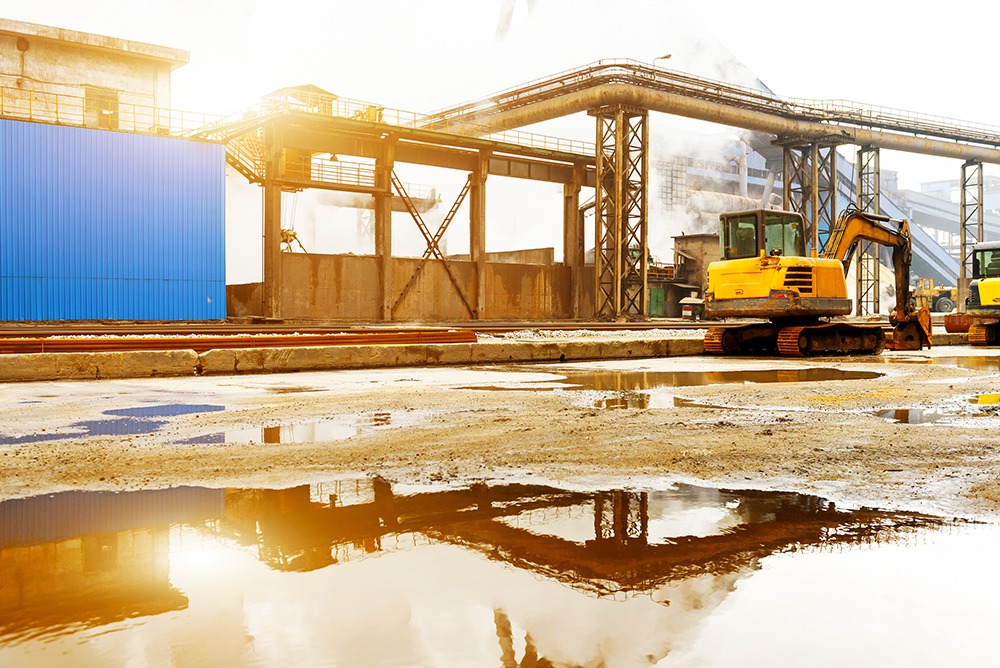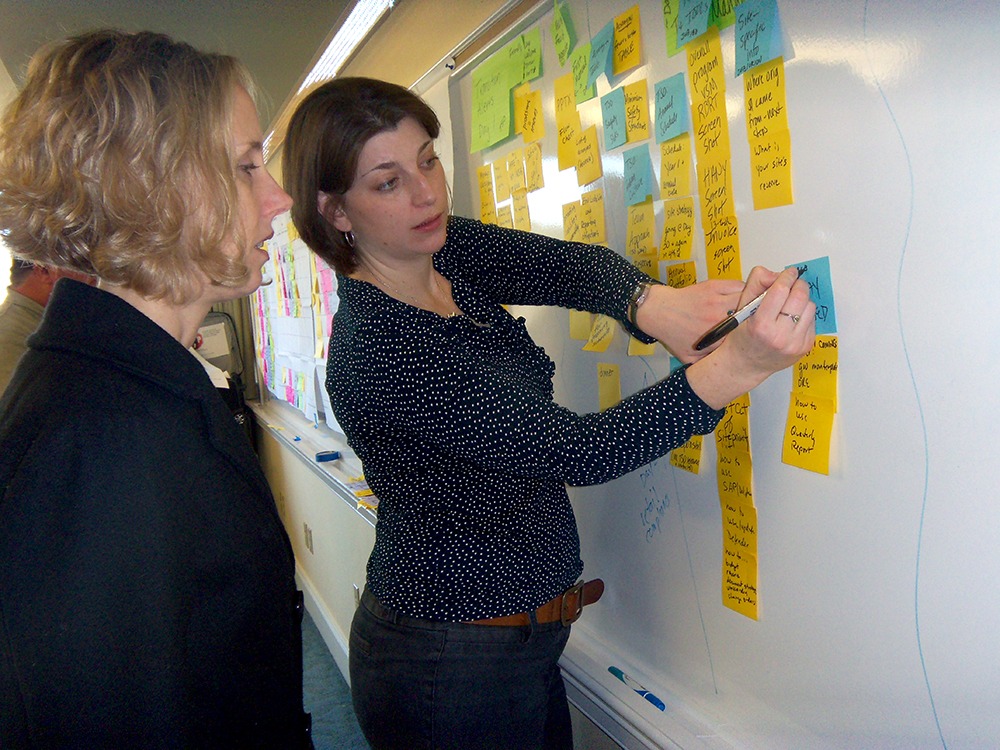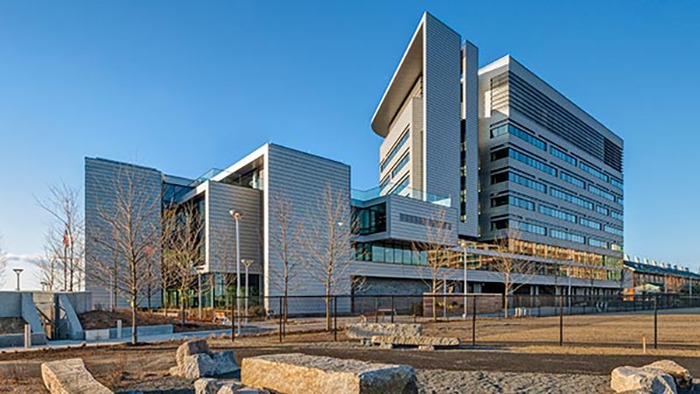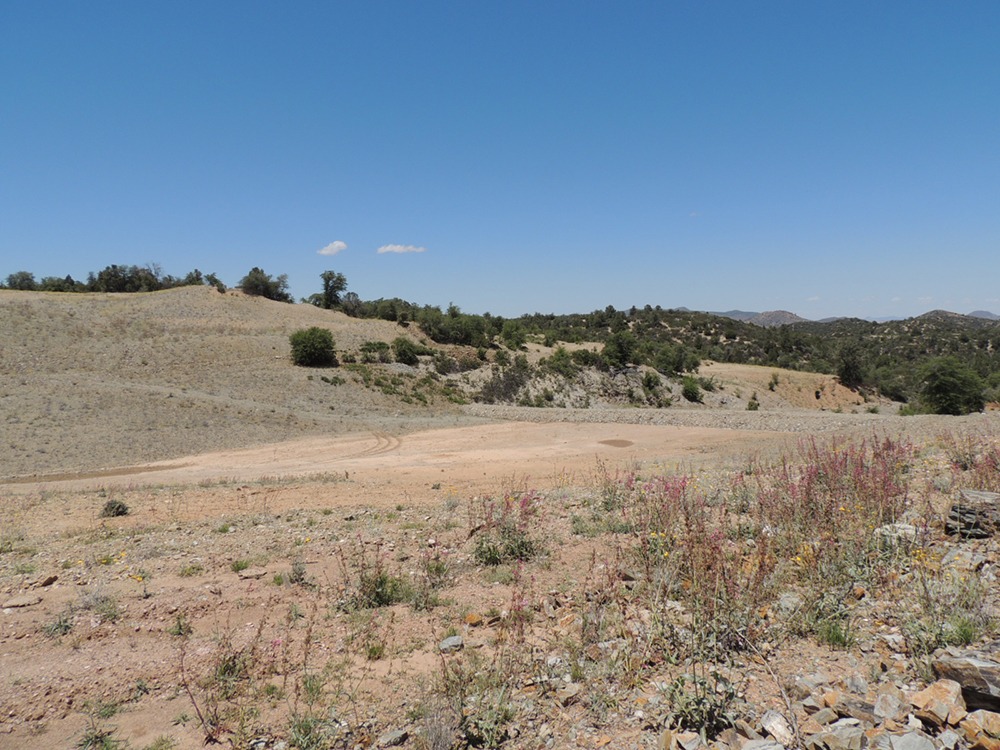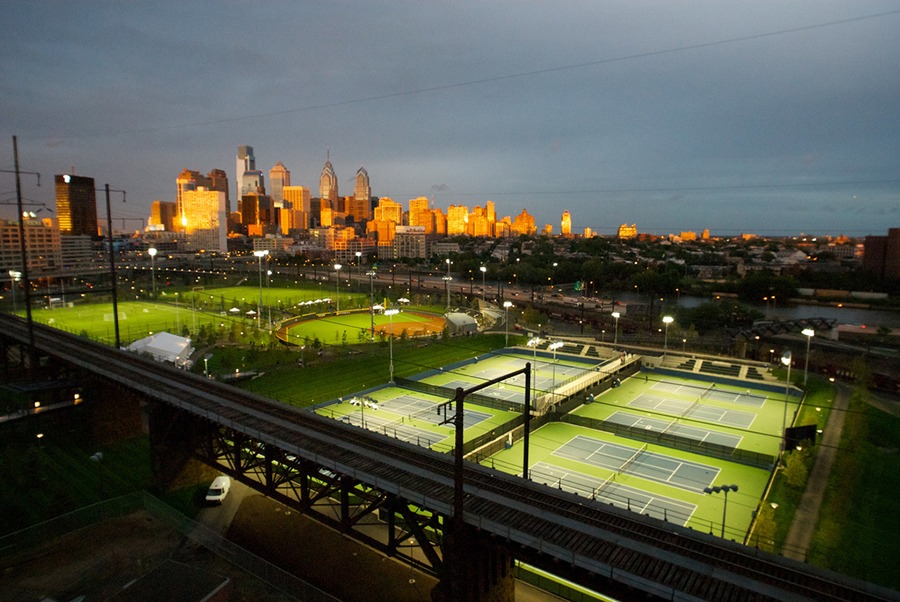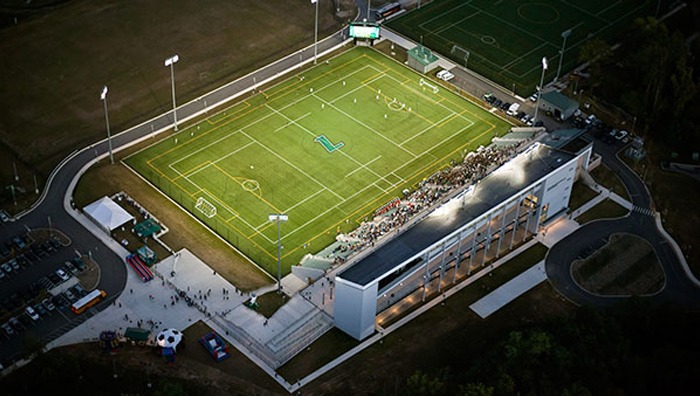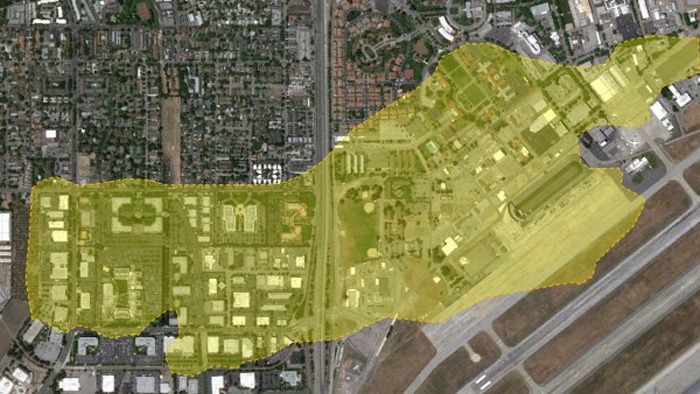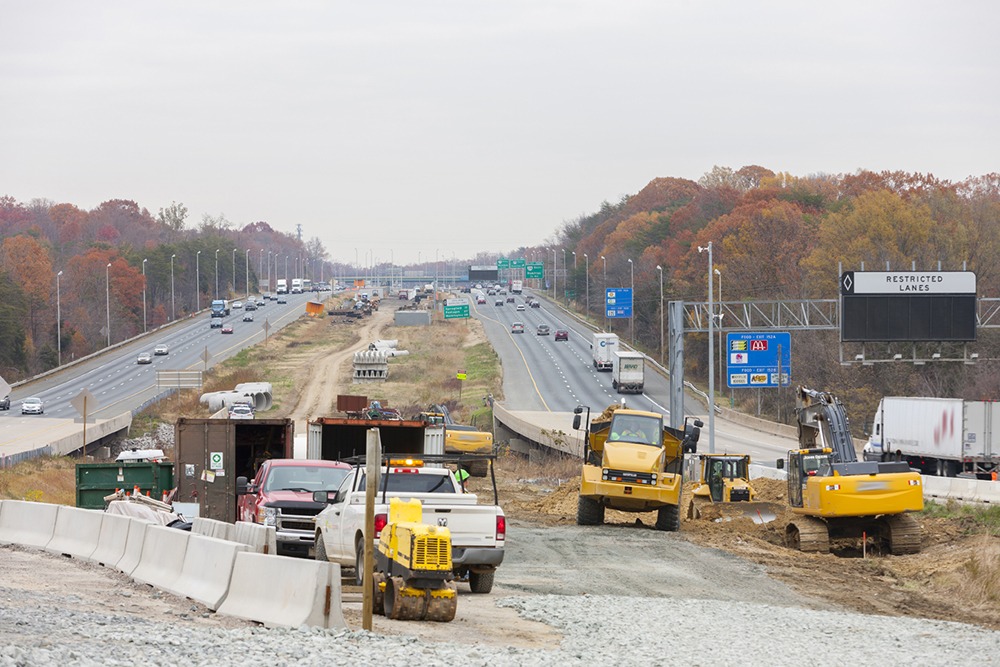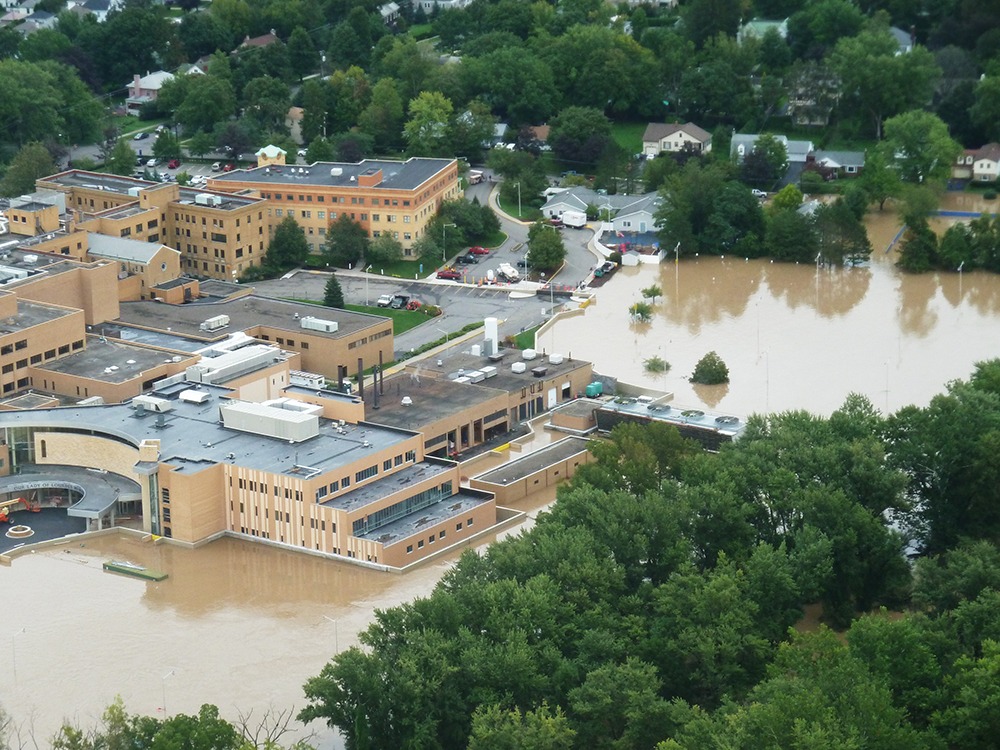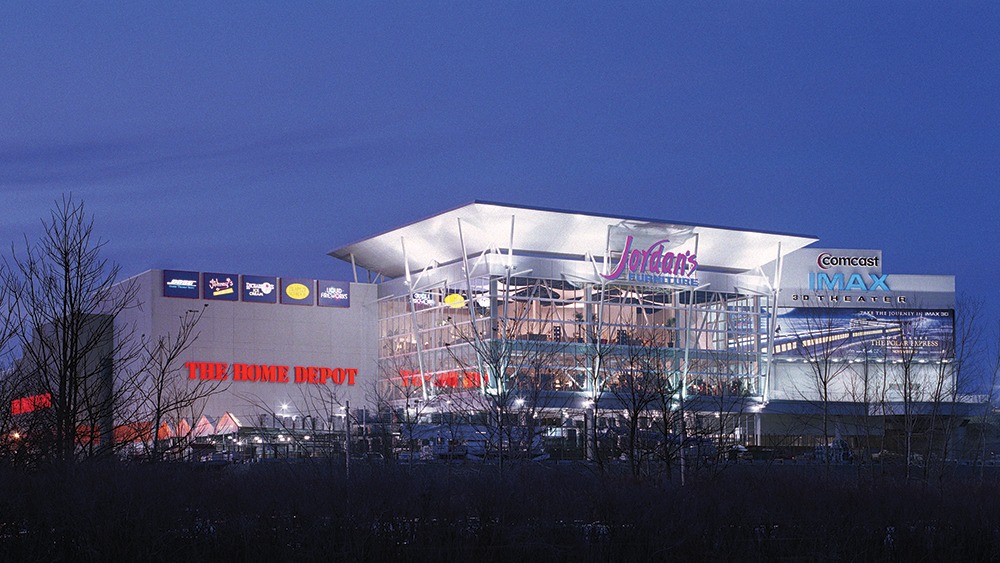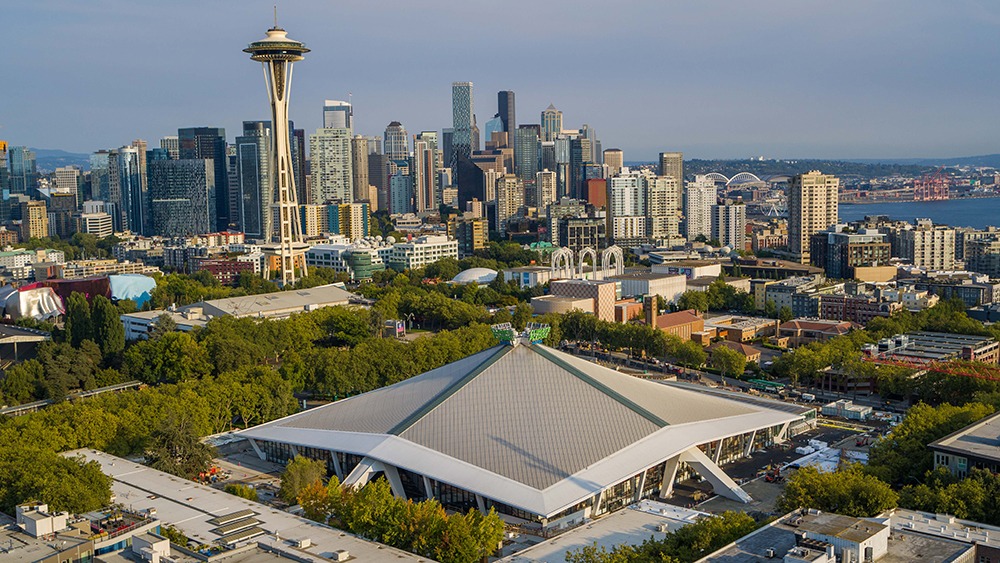
Real estate developers
Award-winning engineering work builds Seattle’s new Climate Pledge Arena while preserving historic architecture
22,000 tons
Weight of historic landmark roof, which required temporary support, demolition of existing supports, and new permanent support
800,000 square feet
Size of the new arena — more than double its previous square footage and 15 feet deeper
Summary
- Haley & Aldrich helped double the size of Seattle’s outdated, too-small KeyArena, solving dozens of unexpected complications to deliver a new home — the first certified zero-carbon arena in the world — for the NHL Kraken and the WNBA Storm.
- The arena’s historic concrete roof had to be protected during demolition and construction. The project team trusted Haley & Aldrich’s engineering expertise and creative thinking to meet this challenge.
- The brittle roof could tolerate only a quarter inch of movement between its supports as its weight was transferred first to temporary supports and then to a new permanent support system.
- Our engineers designed and installed an extensive automated monitoring system to track the structure’s integrity during the weight-transfer process and remaining construction, which reported data for more than 1,100 targets on and around the concrete roof and shoring system every four hours.
- The renamed Climate Pledge Arena opened on time, despite the onset of the COVID-19 pandemic in 2020 and millions of dollars of enhancements added to the project during construction. Our work kept the project on schedule while preserving an existing city landmark and creating a new one.
Client challenge
The city of Seattle planned to transform the small, outdated KeyArena into a showpiece facility for Seattle’s National Hockey League team, the Kraken; its Women’s National Basketball Association team, the Seattle Storm; and countless other entertainment events in the Seattle region. The property is part of the Seattle Center, which also includes the iconic Space Needle, museums, exhibition halls, other sports and entertainment venues, and acres of outdoor space and serves as a gathering spot for residents of the Pacific Northwest and tourists from around the world. Therefore, the project would be in the public eye from start to finish.
But engineers would have to overcome never-before-encountered challenges to design and build the state-of-the-art new facility. They would have to more than double the size of the previous arena while holding up a brittle concrete roof that weighs 22,000 tons — about the same as the Statue of Liberty. The historic-landmarked roof, which was built as part of the Washington State Pavilion for the 1962 World’s Fair, would have to survive unscathed through the demolition of the existing arena and subsequent construction.
Our approach
Haley & Aldrich earned this challenging job because we brought new ideas for roof support and shoring and because, in addition to our geotech work, we could support the project with environmental consulting from start to finish. Starting in 2017, Haley & Aldrich engineers and scientists worked with the ownership team, the structural engineer, the architect, and contractors to make the vision for the new arena a reality. Our team managed the geotechnical design and foundation construction criteria; environmental assessment and remediation; preconstruction surveys, roof, and excavation performance monitoring; and reporting to the ownership group and the city of Seattle.
The new arena had to include the old roof and exterior cladding — so the project would, in one way, be like building a world-class arena under a circus tent. What was more, the supports for the landmarked roof did not reach deep enough to support the new structure. But before construction crews could install deeper permanent supports, we had to develop soil support and seismic loading criteria for the roof during excavation. We also developed criteria to shift the roof weight from the shallow existing supports to temporary roof supports during construction of the new building below, and finally to permanent foundations — all without allowing the concrete roof to move any more than one-quarter inch (about the thickness of an iPhone).
Under and around this fragile structure, our team guided the design and oversaw the construction of more than a mile of excavation shoring and 187 temporary and permanent foundation-drilled shafts. We developed an automated survey monitoring system that reported the movement of 475 points on and around the roof and another 650 on the shoring system every four hours.
In addition, to accommodate the larger size of the arena and new playing surface, we had to manage an excavation that would dwarf the old KeyArena — and most excavations in Seattle. The new ice floor would be 15 feet deeper than the previous playing surface, which was already more than 35 feet below the ground. By the end of the project, about 600,000 cubic yards of dirt were removed, equivalent to three large Seattle city blocks excavated to a depth of 95 feet.
Although millions of dollars of enhancements were added to the program during construction and the COVID-19 pandemic hit during the project, the new Climate Pledge Arena — the first net-zero professional sports venue in the world — opened on time and was ready for the puck to drop on the 2021-2022 NHL season.
Value delivered
- Preserved a brittle, concrete, nearly 60-year-old roof during construction, ensuring the client could meet obligations to protect the historically landmarked structure
- Provided geotechnical engineering, environmental cleanup, neighborhood preconstruction surveys, and construction monitoring as a direct service to the owner, saving on subcontracting costs and shortening the schedule
- Helped the client meet the obligation to double the existing facility size; create the first professional sports net zero facility; and accelerate the schedule to allow the puck to drop on the opening night of the season
“The team was under enormous pressure to deliver the arena in time for the 2021-2022 NHL season. Haley & Aldrich helped CAA ICON meet these schedule challenges by taking on several responsibilities normally done by the contractors — pre-construction area surveys, monitoring during construction, and peer reviews of key contractor elements.”
Shaun Mason, Vice President at CAA ION
For more information, contact:

Principal

Project Manager, Geotechnical Engineer

